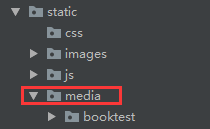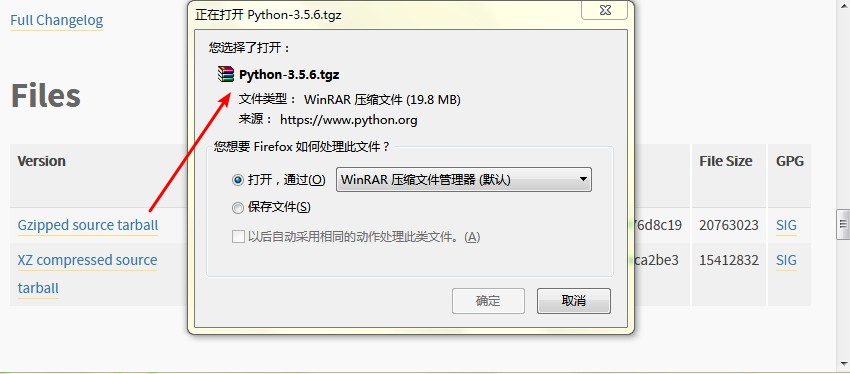django反向解析URL和URL命名空间的方法
本文介绍了django反向解析URL和URL命名空间,分享给大家,具体如下:
首先明确几个概念:
1.在html页面上的内容特别是向用户展示的url地址,比如常见的超链接,图片链接等,最好能动态生成,而不要固定.
2.一个django项目中一般包含了多个django应用(app).
3.一个视图(view)往往对应多个url地址.
在django中实现反向解析URL必备条件就是 url和view能一对一 的匹配.
(通过view找到唯一一个对应的url,通过url也能找到唯一一个view)
最 简单的方式 就是使用 name ,可以理解为url起了一个名字.
例如:
from django.conf.urls import url
from . import views
urlpatterns = [
#...
url(r'^articles/([0-9]{4})/$', views.year_archive, name='news-year-archive'),
#...
]
此时的 news-year-archive 就可以表示 /articles/nnnn/ 在view中进行使用.
在templates中使用
<a href="{% url 'news-year-archive' 2012 %}" rel="external nofollow" >2012 Archive</a>
在view中使用
from django.urls import reverse
from django.http import HttpResponseRedirect
def redirect_to_year(request):
# ...
year = 2006
# ...
return HttpResponseRedirect(reverse('news-year-archive', args=(year,)))
但是使用 name 也存在一定的 问题 ,比如在同一个项目中的不同的app中 name 可能会重名(导致反解析时一个view对应多个url),而且给每一个url起不同名字也很繁琐.
这时候就会用到 URL命名空间
URL命名空间包括两个部分: app_name ( 应用命名空间 )以及 namespace ( 实例命名空间 )
对于 app_name 官方解释"它表示正在部署的应用的名称。一个应用的每个实例具有相同的应用命名空间。",比较好理解.
也就是说可以通过设置 app_name 来区分不同app中同名的 name 了,使用 : 连接.
但是对于 namespace 官方解释"它表示应用的一个特定的实例。 实例的命名空间 在你的全部 项目中 应该是 唯一 的。但是,一个实例的命名空间可以和应用的命名空间相同。",就比较的难以理解.
namespace 主要功能为了区分同一个app下不同实例,使得反解析url时能获得正确的结果.
例如:
在不加入 namespace 时,访问 http://127.0.0.1:8000/ccc/aaa/ 和 http://127.0.0.1:8000/bbb/aaa/
结果均为 /ccc/aaa/ ,这显然不是我们想要获取的结果.
# 主url.py
urlpatterns = [
...
url(r'^bbb/', include("test_namespace2.urls")),
url(r'^ccc/', include("test_namespace2.urls")),
...
]
# test_namespace2/url.py
app_name = "app02"
urlpatterns = [
url(r'aaa/$', views.aaa, name="index"),
]
# test_namespace2/view.py
def aaa(request):
return HttpResponse(reverse("app02:index"))
做出一些修改,加入 namespace 用作区别
# 主url.py
urlpatterns = [
...
url(r'^bbb/', include("test_namespace2.urls", namespace='bbb')), # 加入了namespace
url(r'^ccc/', include("test_namespace2.urls", namespace='ccc')),
...
]
# test_namespace2/view.py
def aaa(request):
return HttpResponse(reverse("app02:index", current_app=request.resolver_match.namespace)) # 使用namespace
这样就会获得正确的结果了.
使用方式:
首先在,主url.py中添加 namespace
urlpatterns = [
url(r'^polls/', include('polls.urls',namespace='test')),
]
然后要在app的urls.py中添加 app_name 和 name
比如:
app_name = 'polls' urlpatterns = [ #... url(r'^$', views.index, name='index'), #...
然后在view和templates中使用了,此时就算有多个app中都有名为 index 的 name 也不会有问题了
使用方式,使用形如 app_name:name
在view中使用:
reverse('polls:index', current_app=request.resolver_match.namespace)
在templates中使用
{% url 'polls:index' %}
以上就是本文的全部内容,希望对大家的学习有所帮助,也希望大家多多支持【听图阁-专注于Python设计】。

